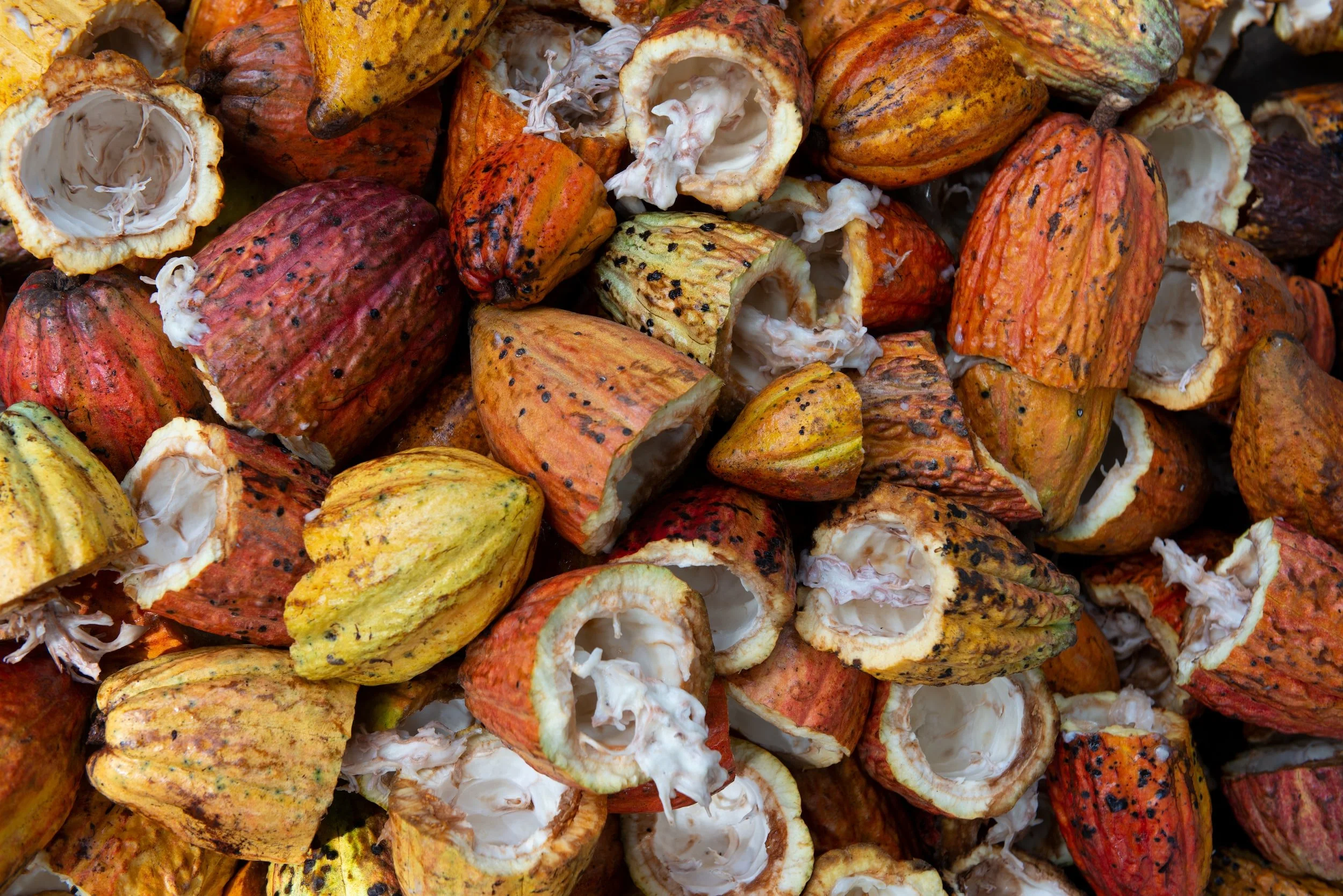Where does chocolate come from?
Chocolate has a rich and fascinating history that spans centuries and continents. The origins of chocolate can be traced back to the ancient civilisations of Central and South America, where the cacao tree was first cultivated.
The cacao tree is native to the tropical regions of Central and South America, where it was highly valued by the Maya and Aztec civilisations. The Maya used cacao beans as a form of currency, while the Aztecs believed that the god Quetzalcoatl gave them the cacao tree as a gift.
The cacao beans were roasted and ground into a paste, which was mixed with water and flavored with spices to create a frothy, bitter beverage that was reserved for the elite. This early form of chocolate was nothing like the sweet treats that we know today.
It wasn't until the arrival of the Spanish conquistadors in the 16th century that chocolate began to spread beyond the borders of Central and South America. The Spanish were initially repulsed by the bitter taste of chocolate but soon came to appreciate its rich flavor and medicinal properties.
The Spanish began to experiment with chocolate, adding sugar and other sweeteners to make it more palatable. Chocolate quickly became a luxury item in Europe, enjoyed by kings and queens and the aristocracy.
Over time, chocolate became more widely available and affordable, and new forms of chocolate were developed, such as milk chocolate and dark chocolate. Today, chocolate is enjoyed by people all over the world, in many different forms and flavours.


